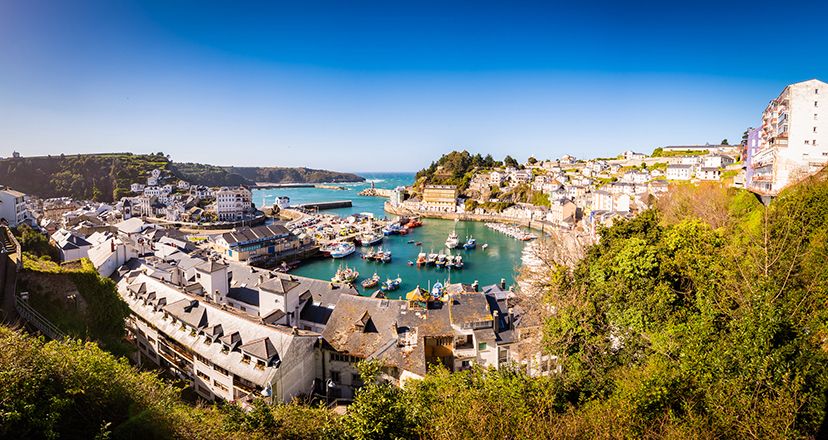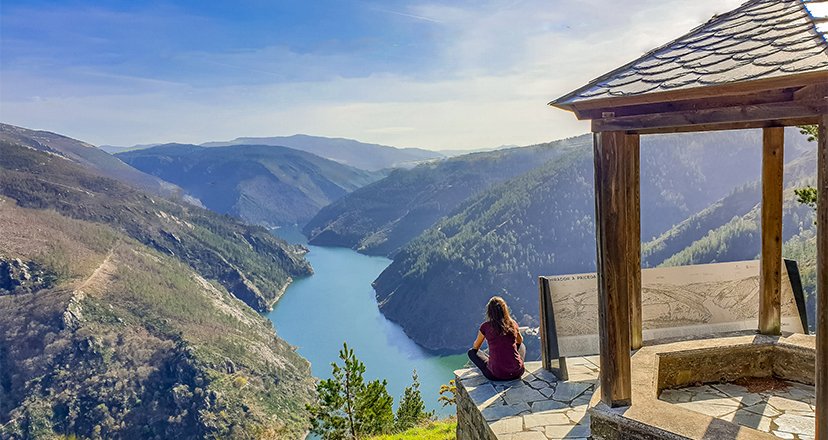Back The best things to see in the Navia Historical Park

The most interesting things to see in the Navia Historical Park
In the west of Asturias lies the Navia Historical Park, a place where history, nature and the sea intertwine to offer unique experiences. This territory, structured by the imposing river Navia, is a vast basin that invites us to explore its many landscapes and traditions.
The municipalities that make up the Navia Historical Park are Boal, Coaña, El Franco, Grandas de Salime, Illano, Navia, Pesoz, Tapia de Casariego and Villayón.
From the coast bathed by the Cantabrian Sea to the mountains hidden inland, the Navia Historical Park is an authentic journey through time and nature.
Seaside Villages: Serene beauty and coastal charm
The coastline of the Navia Historical Park is dotted with beautiful fishing villages, which will make you fall in love with their peaceful atmosphere and traditional charm. Each one of them has a story to tell, a unique landscape to show and an enviable gastronomy:
- Ortigueira, in the municipality of Coaña, is a small port with a fishing tradition dating back to the Middle Ages. Its streets, full of history, invite you to stroll around while the smell of salt and fresh fish fills the air.
- El Porto/Viavélez, in El Franco, stands out not only for its beautiful views of the Bay of Biscay and its seafaring tradition, but also for being the birthplace of the famous writer Corín Tellado, known for her romantic novels that captivated millions of readers... This combination of natural beauty, literary history and cultural activities makes Viavélez a fascinating destination on the Asturian coast.

- Navia is another coastal spot full of life, and a perfect place to enjoy the seafront promenade, full of small boats and activity. Here, the memory of the poet Ramón de Campoamor is still alive, and the seafaring atmosphere is mixed with the warmth of its people.
- Puerto de Vega, one of the most picturesque villages in Asturias, has earned its place in history thanks to Gaspar Melchor de Jovellanos, the enlightened Asturian who died here. A stroll around its port, with its fish market - which offers guided tours - and its stone houses, will make you understand why this place is so special.
- Tapia is famous for its beaches, ideal for both relaxation and water sports. Some examples are Anguileiro Beach, which is very popular with surfers, especially during the annual Easter surfing championships. Or Serantes Beach, with its wild and uncrowded environment, is a jewel for those seeking tranquillity.
The port of Tapia is the heart of the town. It has a picturesque air, with small fishing boats and a charming promenade. It is an ideal place to enjoy sea views and sample fresh local produce in the nearby restaurants.

Beaches and sport: Wild nature and adrenalin
The beaches of the Navia Historical Park are perfect both for relaxing and for practising water sports. Frexulfe beach, in Navia, is a wide and wild sandy area, ideal for those who want to feel the immensity of the Bay of Biscay in all its splendour. Penarronda beach, located between Tapia and Castropol, is perfect for surfing, while Santa Gadea beach, in Tapia, offers a more intimate and protected environment. Porcía Beach, in El Franco, surrounded by nature, is a quieter spot, perfect for disconnecting.

In addition, if you are a sports lover, you can enjoy outdoor activities such as surfing in Tapia, as this town has been an international reference point for this sport since the 1960s.

You also have the option of canoeing the final stretch of the Navia River, which runs from the Arbón dam to the Navia pass. This descent covers some 14 kilometres of more open landscape compared to the higher areas, where the river weaves through forests and meadows. For the more adventurous, there is the option of travelling the entire course in several stages, a unique way of exploring western Asturias in contact with nature. In addition, the Boal area offers a range of active tourism activities, such as canyoning and expeditions along the Navia river.
Likewise, a large adventure park in the trees is already in operation, located in an area of 17,000 square metres in the parish of Salave, which offers experiences for the whole family in the heart of nature.
Museums that are an ethnographic reference at national level
Ethnographic Museum of Grandas de Salime "Pepe El Ferreiro".
The Ethnographic Museum of Grandas de Salime "Pepe el Ferreiro", in Grandas de Salime, is an authentic window into the traditional rural life of western Asturias. It houses an extensive collection of objects and tools that recreate the daily life of yesteryear, from domestic utensils to farm implements. The museum is structured in several traditional buildings, including a peasant house with its wood-burning cooker and its llar, as well as other rooms, where you can imagine how the families lived. There is also a mill, a chapel and a blacksmith's shop, which show the essential trades of the time. All this envelops the visitor in an authentic atmosphere rich in tradition, reflecting the soul of rural Asturias.
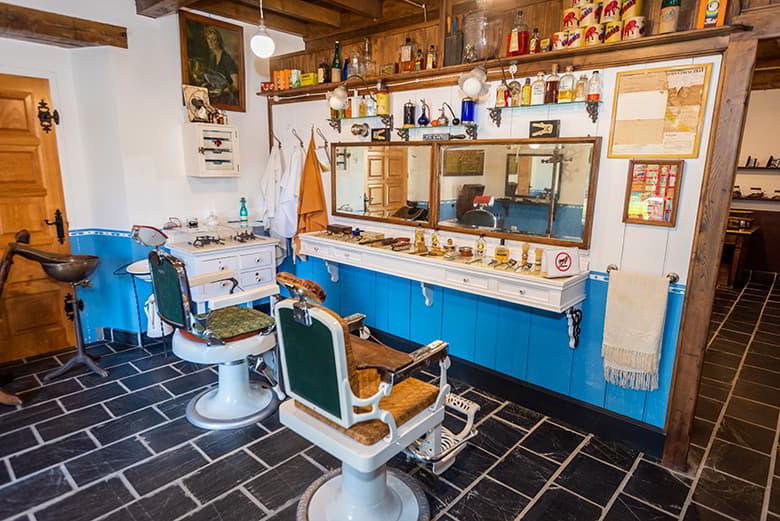
Other museums preserving Asturian traditions
Ethnological Museum of Pesoz
The Ethnological Museum of Pesoz is a place dedicated to preserving and showing the essence of rural life in this part of western Asturias. The exhibition focuses on the daily life of small villages, where community spirit kept traditions alive. In the museum you can see utensils and tools of daily use, as well as a recreation of a traditional wine cellar, which shows the process of making the typical wine of the area. This wine is so significant that Pesoz celebrates the annual Pesoz Wine Festival in October, where visitors can taste and celebrate the local wine culture. The museum's collection reflects the importance of agricultural work and customs linked to the land. This museum is an evocative journey through the history, culture and roots of Pesoz.
Juan Pérez Villamil Ethnographic Museum
The Juan Pérez Villamil Ethnographic Museum, located in Puerto de Vega (Navia), and with free access, is a space dedicated to the history and culture of western Asturias. The museum contains a careful recreation of the traditional Asturian way of life, with the presence of the traditional house, the craft trades, and what the canning industry was and meant for this and other fishing villages, with the evocative recreation of the engine room of this old factory that was called "La Arenesca". In addition, the museum offers temporary exhibitions and educational activities that encourage the connection with the local heritage.
Argul, the medieval village
Argul, a small medieval village in the municipality of Pesoz, is a wonderful example of traditional Asturian architecture. The families of Argul have always lived from agriculture and livestock farming, especially the cultivation of vines and cereals. Throughout the Middle Ages they built a total of 30 farmhouses perfectly adapted to the complex orography of the terrain.

Argul grew up on natural rock that conditioned the construction of their homes. The rock allowed them to build large houses without the need for foundations or strong walls. However, the slope of the hillside forced them to create a succession of corridors and tunnels to connect the living quarters.
This is how in this picturesque place you can see stone houses with slate roofs, connected by narrow cobbled alleys that evoke times gone by. Its hórreos and paneras (granaries) are outstanding, showing the importance of grain storage in rural life. The village is surrounded by a stunning natural setting, with lush forests and the river Agüeira nearby, offering a perfect landscape for quiet walks and enjoying the medieval and rural charm of Asturias.
The architecture of Argul is one of the most unique in the Principality of Asturias, which is why it was declared an Asset of Cultural Interest in 2004.
Viewpoints: A Paicega and the viewpoints of Boal
A Paicega is an old workers' village, which was built in the middle of the 20th century to house the workers who were working on the Grandas de Salime reservoir. Today it is abandoned but it is still a peculiar place, where time seems to have stopped and where there are impressive panoramic views of the Grandas de Salime reservoir and the river Navia. To get to A Paicega, you will leave the pretty village of Pesoz and ascend through forest (and some road).

Argul and A Paicega are two recommended visits in this area.
In Boal, meanwhile, there are several viewpoints. The one at the Pendia castro, and those at Penouta. The one at Penouta costa is accessed from the top of Penouta and offers splendid views of the whole of the western coast of Asturias. The inland Penouta one is in the recreational area, and offers splendid views of Villayón, Grandas, Allande, etc.
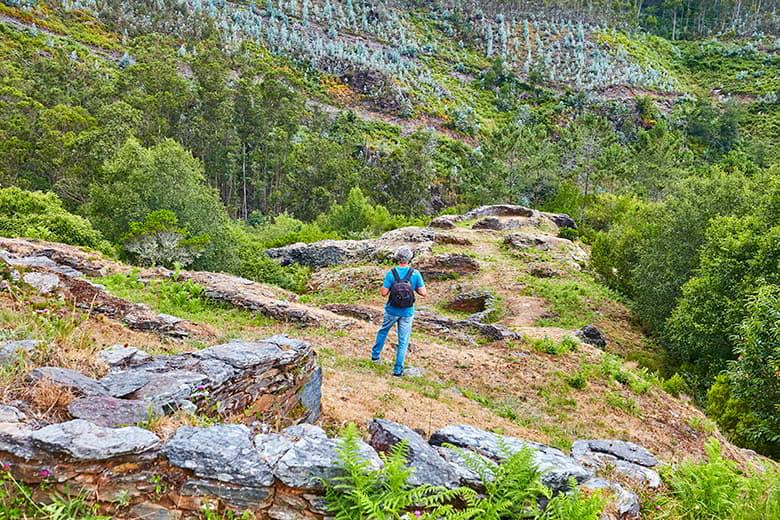
Reservoirs and Rivers: The Power of Water
The river Navia and its tributaries are the soul of the park. Along its course, the reservoirs of Doiras in Boal, Arbón in Coaña and Salime in Grandas de Salime, create idyllic landscapes that combine the stillness of the water with the green of the mountains. From Illano, the views of the Navia are especially impressive, showing the strength of the river as it winds its way through the mountains.

These reservoirs are perfect for enjoying activities such as fishing, kayaking or simply relaxing while contemplating the views.
In the Navia Historical Park, the rivers are always with the visitor, reminding us of the importance of water in the configuration of these unique landscapes.
The waterfalls of Oneta
The route to the waterfalls of Oneta, in the council of Villayón, is one of the most popular, forming a spectacular set of three waterfalls that are staggered in a few metres. Precisely because of their uniqueness, they are a Natural Monument. They are permanent waterfalls located in a place of great beauty, as they are in an area of lush vegetation.
The first waterfall is called La Firbia, and stands out for its beauty and spectacular nature, as it has a drop of some 15 metres in length. In addition, it has the peculiarity that the continuous rock falls have adorned it with a peculiar rock cirque, where the water discharges its force.

The second is La Firbia de Abajo, which is accessed after a steep slope, and the third, called Maseirúa, is the smallest and most inaccessible, as it is in a more abrupt and protected enclave.
The Andina Caves
The Caves of Andina or "As Covas da Andía " - as they are known in the area - in the council of El Franco, are of great geological, geomorphological and scenic singularity. It is precisely for this reason that they have been declared a Natural Monument.
Their relief is the result of the combined action of natural phenomena and the intense mining activity carried out during Roman times, aimed at obtaining gold.
A characteristic feature of these caves is the abundant and dense vegetation of the area, which makes them almost invisible from the outside. It is possible to discover this fascinating place through guided tours, which guarantee an unforgettable experience.
The Hillfort of Coaña
The Coaña hillfort is the most popular of all the known hillforts in Asturias. This notoriety is mainly due to the early date of its discovery and the large area excavated.

According to data from recent excavations, its occupation is very ancient and dates back to the beginning of the Iron Age, being fortified in the 5th century BC.
In order to understand the importance of the castreña culture and its evolution over time, for more than 30 years this castro has had a Didactic Classroom where it is clearly explained how it was from its origin until contact with the Roman world, when the exploitation of gold took on a relevant role in the history of these territories and their peoples.
The Pilgrim's Way to Santiago: History and spirituality on the coast
The Coastal Pilgrim's Route to Santiago de la Costa passes through the coastal municipalities of the Navia Historical Park, Coaña, El Franco, Navia and Tapia de Casariego. A route steeped in history and spirituality that passes through beautiful landscapes and small villages where pilgrims find rest and hospitality. It is a unique experience that connects with one of the great European cultural routes, travelled by thousands of people every year, in search of both spirituality and connection with nature.
The Navia Historical Park: Diversity and Authenticity
The Navia Historical Park is much more than a place: it is a journey to the heart of western Asturias, where history meets nature and traditions survive the passage of time. From its beautiful coasts and beaches, perfect for relaxation or sport, to its valleys and mountains full of forts, trails and villages, which keep the essence of Asturias alive.
It is a diverse world, full of breathtaking landscapes, rivers that cross its mountains, living history and the warmth of its people that awaits you with open arms to live a unique experience, an adventure between the sea and the mountains.
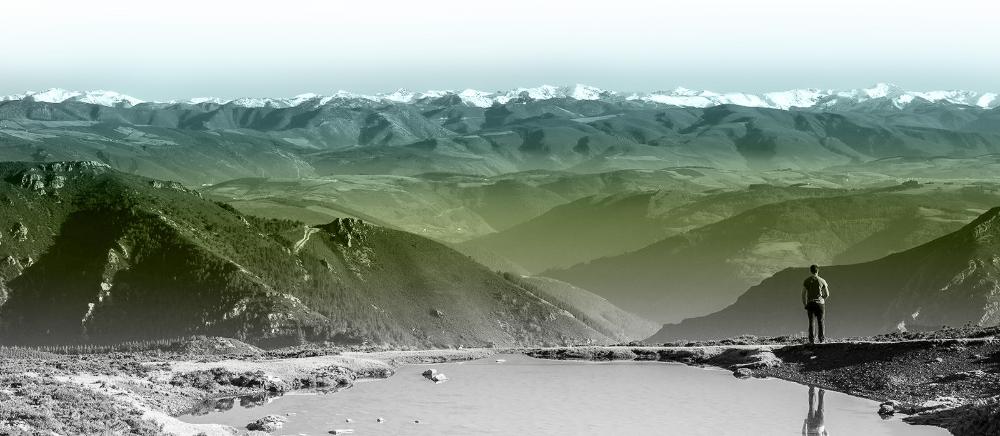
Subscribe to our newsletter and take advantage of offers, discounts, and news
Subscribe

